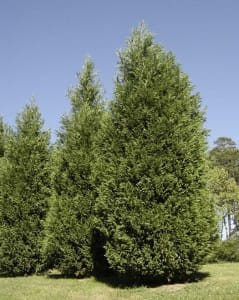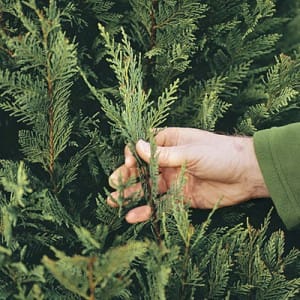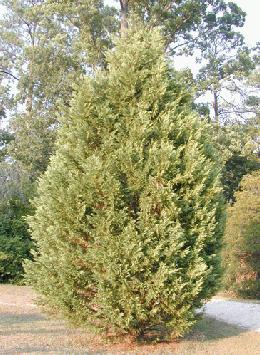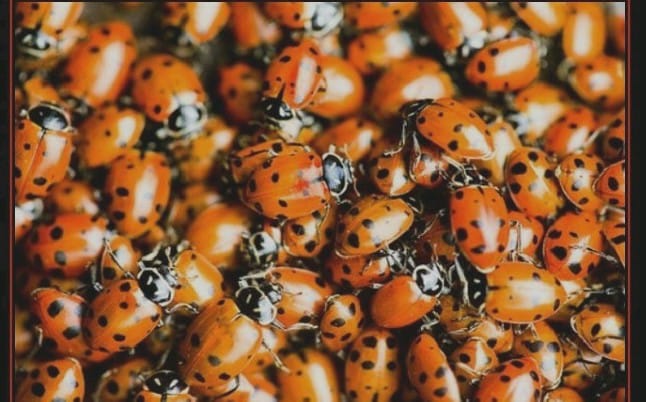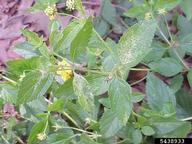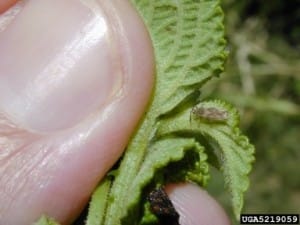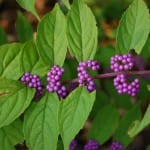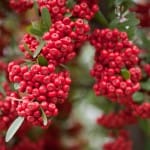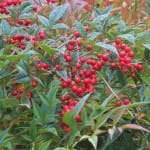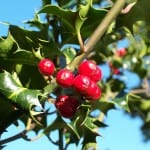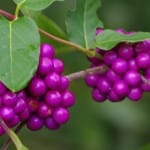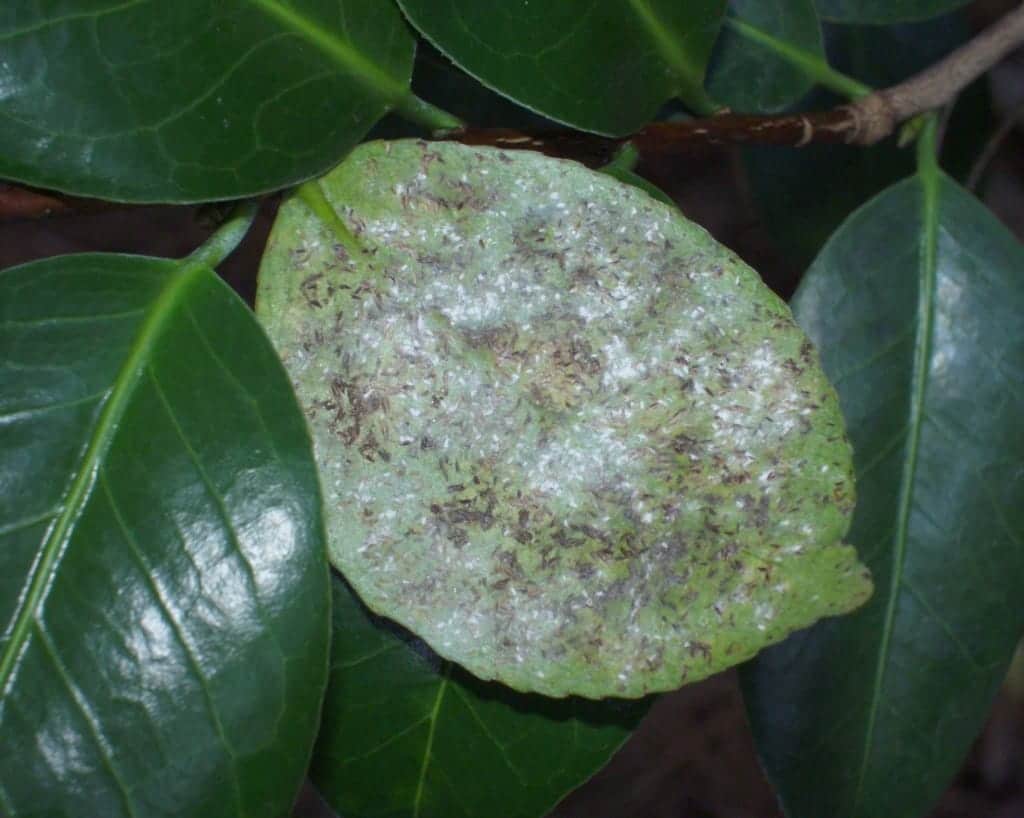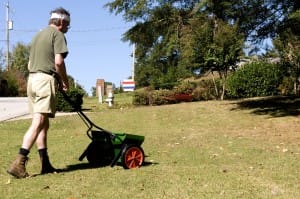Source(s): Walter Reeves, College of Agricultural and Environmental Sciences, Former County Extension Agent – DeKalb County
Predicting Drainage Problems
There are a number of indicators which may help you identify current or potential drainage and water problems around your yard or home.
First, check your survey or plat for the location of nearby flood plains. If you own land in a flood plain, it is reasonable to expect the area will be inundated with water at some point. It is important that no structures, especially homes, are built within a designated flood plain.
Flood plain designations also indicate that hydric soils may be present on your property. Characteristically, hydric soils will hold water more readily than other soils. These areas may be muddy, or collect water, and may be incapable of supporting certain types of landscape plants.
Also check the map for drainage easements. They should be labeled “d.e.” on the plat and are usually located along property lines. A drainage easement indicates that water will be flowing across that stretch of land during a rain storm. Erosion is usually a common problem along such drainage easements. Structures and fences should not be constructed in these areas.
Next, check for nearby rivers, creeks, and bodies of water which would increase the probability of flooding. For example, a creek may appear to be an attractive feature until you realize the flood threat, the unstable soils, and the stream bank erosion problems that may occur. Also remember that the water flow in your creek will increase as upstream development and construction increases. If you do acquire property near a waterway, do not remove the vegetation adjacent to and along the stream bank. This vegetation is an essential buffer zone that will help maintain the water quality and curb erosion problems.
Run off water that is improperly channeled also will cause damage to and devaluation of your property. It is important to note the elevation of your property in relation to adjacent properties. Does the land slope? Where will rain water come from and what is in its path? During a rain storm watch to see where run off water flows and exits. Ideally your home will have sufficient outlets to handle rooftop, driveway, and overland run off.
Run Off Erosion
Erosion due to run off coming from higher elevations is the most common water problem faced by home owners. The problem is most obvious and most damaging when you live downhill from a number of properties. The first step toward finding a solution is watching it rain and noting where the run off originates and where it concentrates or puddles.
Roof water can be piped to a low-impact location such as a drainage easement, a creek, or the street. Down spout fittings can be purchased at a home supply store and used to pipe the water to the low-impact area. You will need to avoid sags in the pipe to ensure downhill flow. This may mean burying the pipe to give it enough “fall.” Always ensure that the outlet is open and clear of debris.
Water flowing over the driveway, as well as other concentrated flows, may be more difficult to handle. If the concentrated flow moves over a relatively flat surface, a thickly grassed area may prevent erosion. Shrubbery, ground covers, or other deep- rooted plants can also be used. It is important to consider the shade and sun factors and the soil type when selecting plants for a particular purpose. You can contact your local Cooperative Extension Service office for recommendations.
If vegetation alone is not the answer to control erosion, a swale or diversion may be a solution. A swale is a broad depression that can be constructed in your yard to transport water more directly where you want. A swale should be constructed to carry the majority of the water flow. By design, it should be at least three feet wide across the top and at least six inches deep. Be sure the swale has enough downhill slope to prevent ponding. The surface should be sodded for protection. Occasionally flat rocks are necessary to protect large swale surfaces from erosion. Rock may also be placed at the outlet to disperse the force of the water. Swales should drain into a creek, drainage easement, street, or wooded area.
If the water flows over a steeper grade and vegetation alone will not control the problem, it may be necessary to terrace the area in order to slow down the water. Ideally, short slope lengths and flattened slopes should be used to prevent erosion. To do this, you can ” stair step” the area. This can be done by installing crossties and filling in behind them to create a flatter, shorter slope length. Each crosstie “wall” should be less than two feet high. These small walls should be embedded into the earth a minimum of four inches and fastened securely with spikes. Steel reinforcing rods (rebar) driven through the ties are usually sufficient. Other types of constructed walls can be made of rock, brick, or block.
Ponding Water
On many sites, water may collect in flat areas or the soil may simply stay saturated for long periods. This could be the result of surface depressions that allow the water to pond.
If surface water stands in depressions on your lawn or flows toward your house, consider constructing a swale or grading portions of your yard so that surface water drains away from the house or surface depressions. If the situation does not allow for regrading or installing diversions, an underground drainage pipe may be necessary.
Water enters these underground drainage pipes through drop inlets, with grates, which are connected to the pipe. The inlet box “T”‘s into a horizontal underground pipe. Place these inlets in low areas or depressions where water will collect. The horizontal pipe should be solid, not perforated, and the pipe slope should be constant to insure water flow.
Perforated drain pipes can be used against foundation walls and basements to collect water or to drain saturated areas. Perforated drain pipe shoo d be at lease four inches in diameter and b surrounded with 12 inches of gravel. Pipe glades should be gentle enough to allow water to enter but provide enough fall so the water can drain readily. Water should be emptied into an existing drainage ditch or curb inlet where possible. Ideally, perforated pipes should be placed 12-18 inches below the surface of the ground (see figure-below).
Hiring a Professional
Sometimes a drainage problem can not be solved without heavy machinery or a professional landscaping company. Difficult situations or tremendous amounts of water in your landscape may be beyond the skills of a homeowner. Consult your phone business pages under “Landscaping” to find companies which specialize in grading and drainage work. The Metro Atlanta Landscape and Turf Association (MALTA) publishes a list all of their members and their specialties. Call (770) 975-4121 to receive your free booklet.
After receiving bids for your project, make sure your contractor has both liability and workman’s compensation insurance. Phone their insurance company before work starts to make sure the premiums are paid and insurance is in force.
Center Publication Number: 14
